Introduction
Pickling fresh cucumbers is a timeless culinary tradition that transcends geographical boundaries. From the crisp, refreshing taste of Korean oisobagi to the tangy, savory flavors of Chinese pickled cucumbers, this preservation technique not only extends the shelf life of cucumbers but also elevates them into a delightful and versatile side dish. Whether you’re looking to add a zesty kick to your meals or simply enjoy a healthy snack, learning how to make delicious pickled fresh cucumbers can be both rewarding and fun. This guide will walk you through the process, highlighting key steps, ingredients, and tips to ensure your pickled cucumbers are a hit.
Understanding the Basics of Pickling
Before diving into the recipe, it’s essential to grasp the fundamentals of pickling. Pickling involves submerging food in a brine—a saltwater solution often enhanced with vinegar, sugar, spices, and herbs—to preserve it by inhibiting bacterial growth. The acidity of vinegar plays a crucial role, creating an environment hostile to harmful microorganisms. Additionally, the salt draws out moisture from the cucumbers, aiding in the preservation process and enhancing texture.
Choosing the Right Cucumbers
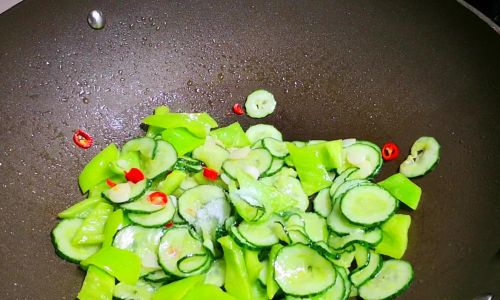
The quality of your cucumbers is paramount to the success of your pickled dish. Here are some tips for selecting the best fresh cucumbers:
- Freshness: Opt for cucumbers that are firm, bright in color, and free from soft spots or bruises.
- Variety: While English or slicing cucumbers are common, consider using Kirby or pickling cucumbers, which are smaller and have thinner seeds, making them ideal for pickling.
- Seasonality: Cucumbers are generally at their peak during the summer months. Try to source locally grown cucumbers when possible to ensure freshness and flavor.
Preparing the Cucumbers
Once you’ve selected your cucumbers, it’s time to prepare them for pickling:
- Washing: Thoroughly wash the cucumbers under running water to remove any dirt or pesticides.
- Drying: Pat the cucumbers dry using a clean kitchen towel or paper towels. Residual moisture can affect the brine’s consistency and could lead to unwanted fermentation.
- Slicing: Depending on your preference, you can slice the cucumbers into rounds, spears, or even use them whole if they are small enough. Thinner slices tend to pickle more quickly and evenly.
- Seeding: If you prefer less watery pickles, consider removing the seeds. This can be done by halving the cucumbers lengthwise and scooping out the seeds with a spoon.
Creating the Perfect Brine
The brine is the lifeblood of your pickled cucumbers. Here’s a classic brine recipe with room for customization:
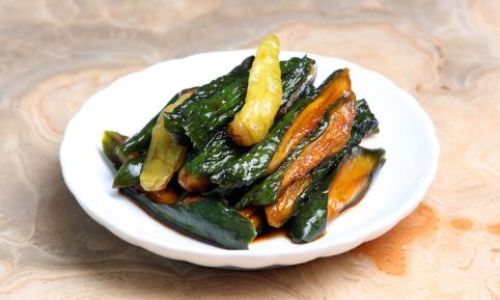
Ingredients:
- 2 cups distilled white vinegar (for a milder taste, apple cider vinegar can be substituted)
- 2 cups water
- 2 tablespoons pickling or kosher salt
- 2 tablespoons sugar (optional, for balance)
- 1 teaspoon mustard seeds
- 1 teaspoon dill seeds
- 1 small red onion, thinly sliced (optional)
- 2-3 garlic cloves, thinly sliced (optional)
- A few fresh dill sprigs (optional)
- 1 teaspoon red pepper flakes (optional, for heat)
Instructions:
- Combining Ingredients: In a large pot, combine the vinegar, water, salt, and sugar (if using). Stir until the salt and sugar are fully dissolved.
- Adding Flavorings: Bring the mixture to a boil over medium-high heat. Add the mustard seeds, dill seeds, red onion, garlic, dill sprigs, and red pepper flakes (if using). Reduce the heat and let it simmer for about 5 minutes to allow the flavors to meld.
- Cooling: Remove the pot from heat and let the brine cool completely. It’s crucial to use cooled brine to prevent the cucumbers from becoming overly soft.
Pickling the Cucumbers
Now that your brine is ready and your cucumbers are prepped, it’s time to combine them:
- Packing the Jars: Sterilize your jars by boiling them in water for 5 minutes or running them through the dishwasher on the sanitize setting. Pack the prepared cucumbers tightly into the jars, ensuring they are submerged once the brine is added.
- Pouring the Brine: Carefully pour the cooled brine over the cucumbers, ensuring they are fully submerged. Use a chopstick or a small ladle to remove any air bubbles trapped between the cucumbers.
- Sealing: Secure the jar lids tightly. If you’re planning to store the pickles for an extended period, consider using canning jars and processing them in a boiling water canner for 10 minutes to ensure they are properly sealed and safe for long-term storage.
- Refrigeration: For quick pickles that you plan to consume within a few weeks, simply refrigerate the jars after sealing. The pickles will be ready to eat within 24-48 hours, but their flavor will continue to develop over time.
Flavor Variations and Customizations
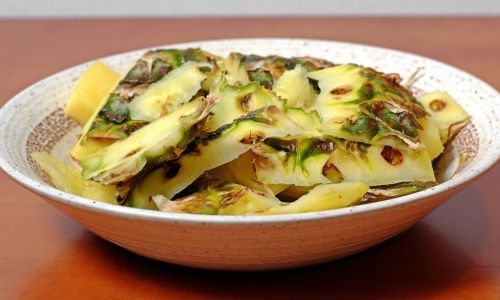
Pickling is an art form that allows for endless creativity. Here are some variations and customizations to inspire your culinary adventures:
- Herbs and Spices: Experiment with different herbs and spices such as thyme, rosemary, bay leaves, or coriander seeds to create unique flavor profiles.
- Fruits and Vegetables: Incorporate other vegetables like carrots, bell peppers, or radishes, or fruits like apples or grapes for a sweet-and-savory twist.
- Infusions: For an added layer of flavor, consider infusing your brine with tea bags, citrus peels, or even a splash of liquor like vodka or gin.
- Fermentation: For a probiotic boost, try fermenting your pickles instead of using vinegar. This involves submerging the cucumbers in a saltwater brine and allowing natural bacteria to ferment them, creating a tangy, live-culture product.
Serving and Storing Pickled Cucumbers
Once your pickles are ready, there are numerous ways to enjoy them:
- As a Side Dish: Serve them alongside grilled meats, burgers, or sandwiches for a refreshing crunch.
- In Salads: Add them to pasta salads, potato salads, or green salads for an extra burst of flavor.
- On Appetizer Platters: Include them on cheese boards or charcuterie platters for a tangy, crunchy contrast.
- In Cocktails: Use them as garnishes for cocktails like gin and tonics or mojitos.
To store your pickles, keep them refrigerated in their brine. Properly sealed and stored, they should last for several weeks to months. If you notice any off odors, discoloration, or a cloudy brine, it’s best to discard them.
Conclusion
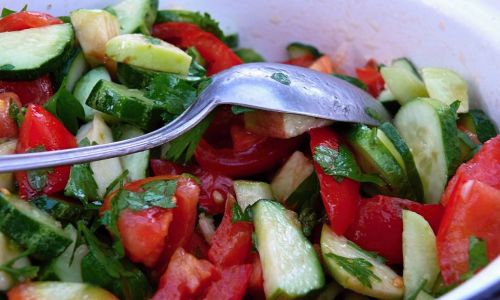
Making pickled fresh cucumbers is a delightful way to preserve the bounty of summer and enjoy it throughout the year. By mastering the basics of pickling, experimenting with different ingredients, and customizing the brine to your taste, you can create a variety of delicious pickled cucumber recipes that cater to your unique palate. Whether you’re a seasoned home cook or a culinary novice, the joy of pickling lies in its simplicity, creativity, and the satisfaction of transforming fresh, seasonal ingredients into a tangy, crunchy treat that’s perfect for any occasion. So, gather your cucumbers, gather your ingredients, and embark on a pickling adventure that promises to delight your taste buds and nourish your body. Happy pickling!
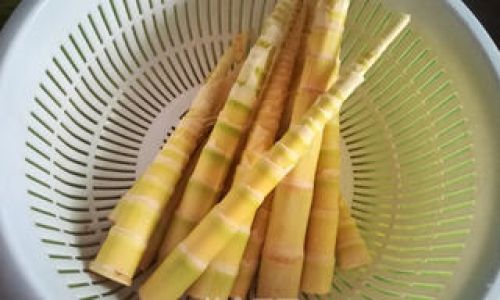
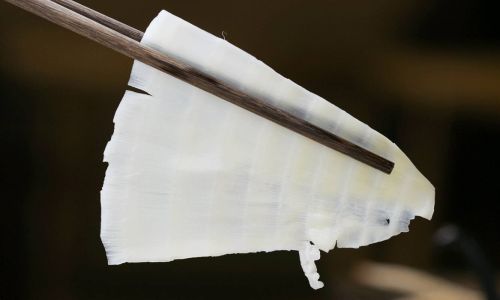
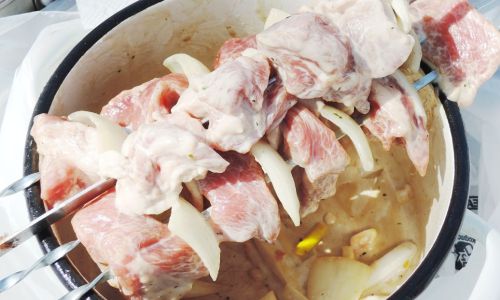
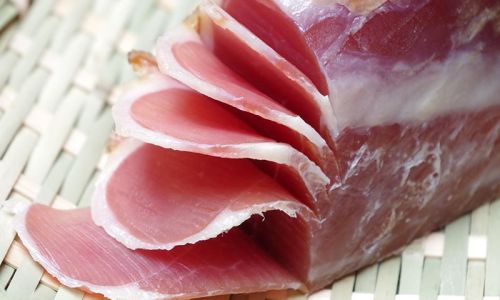
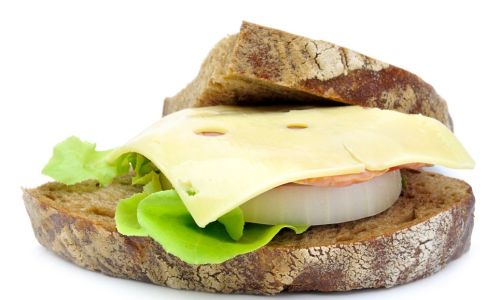

0 comments